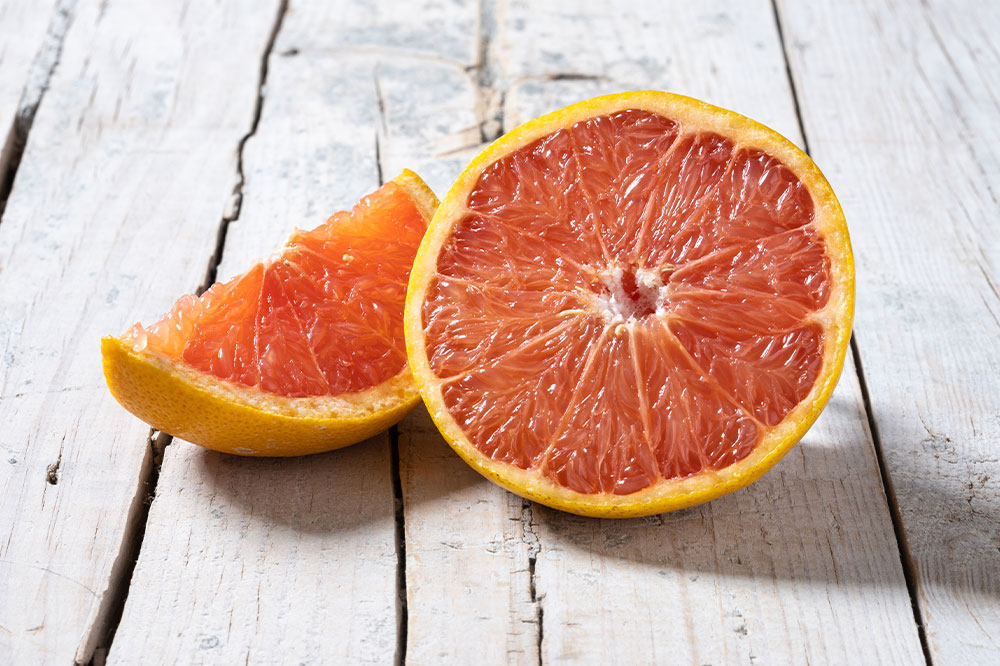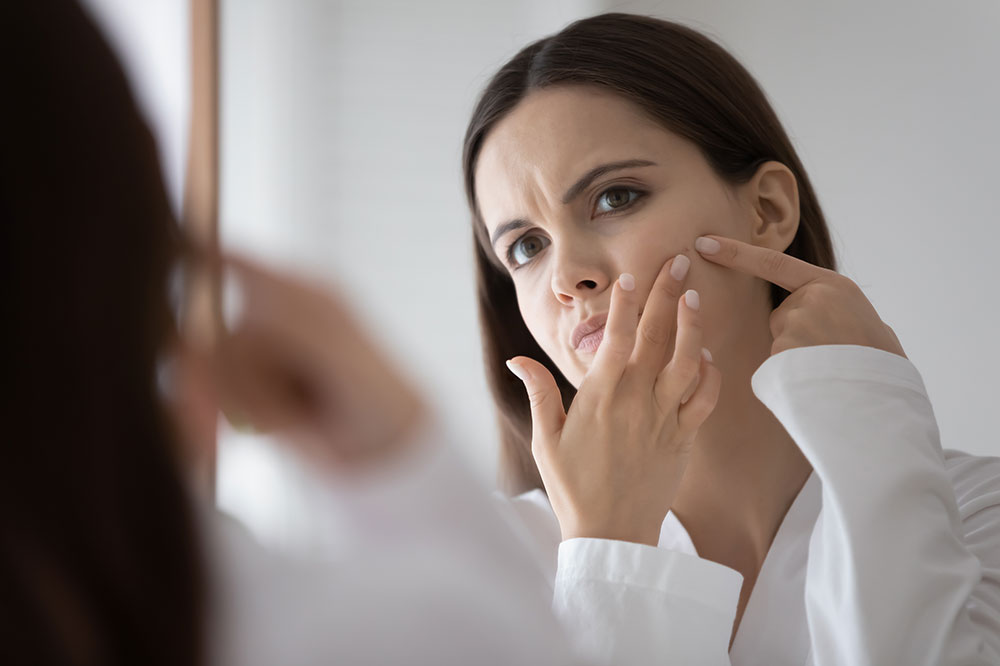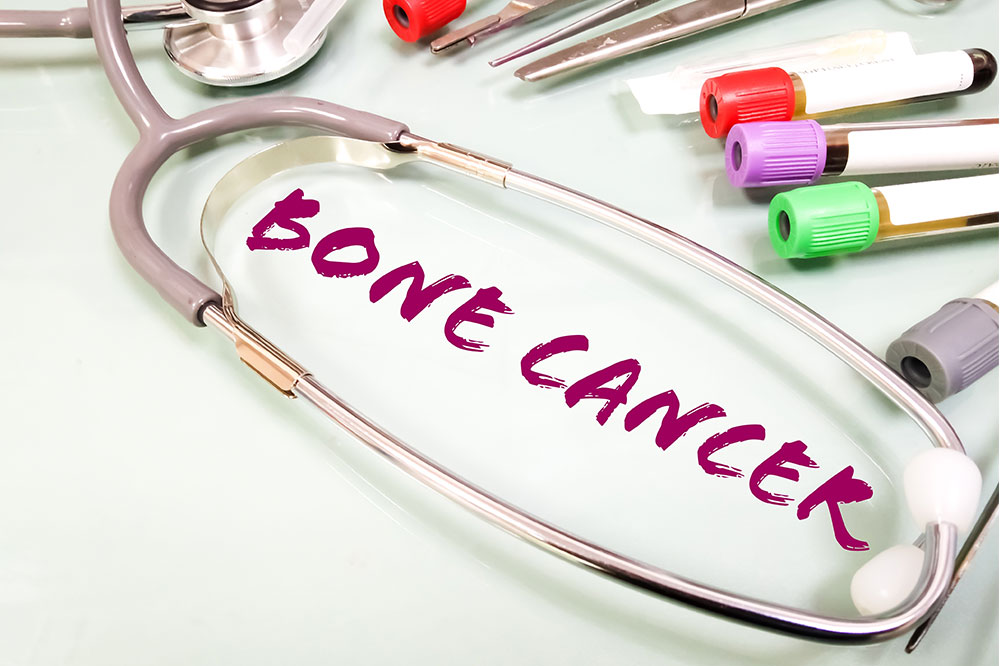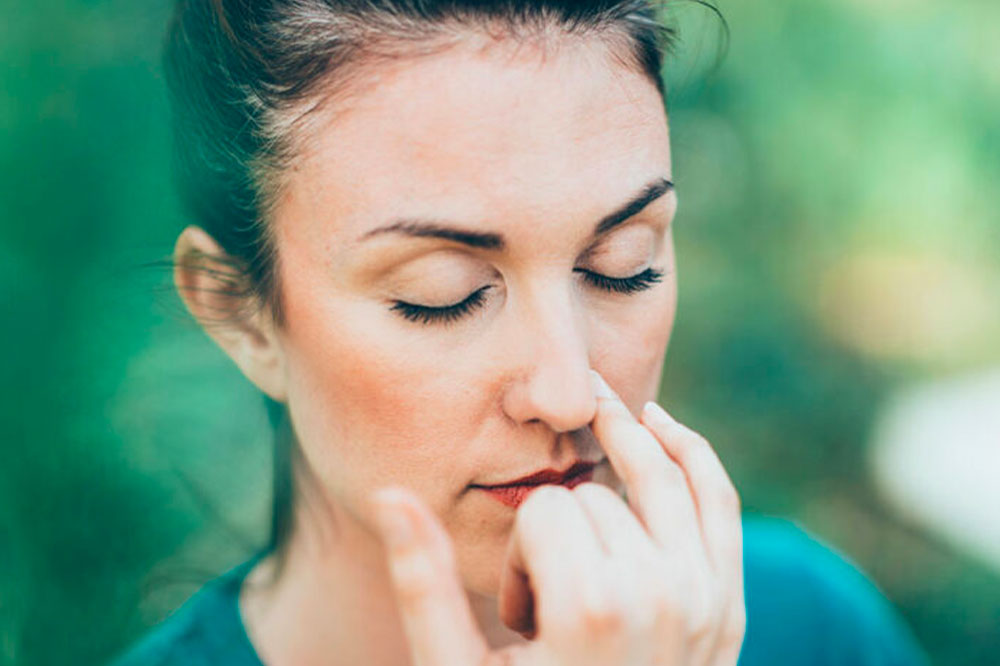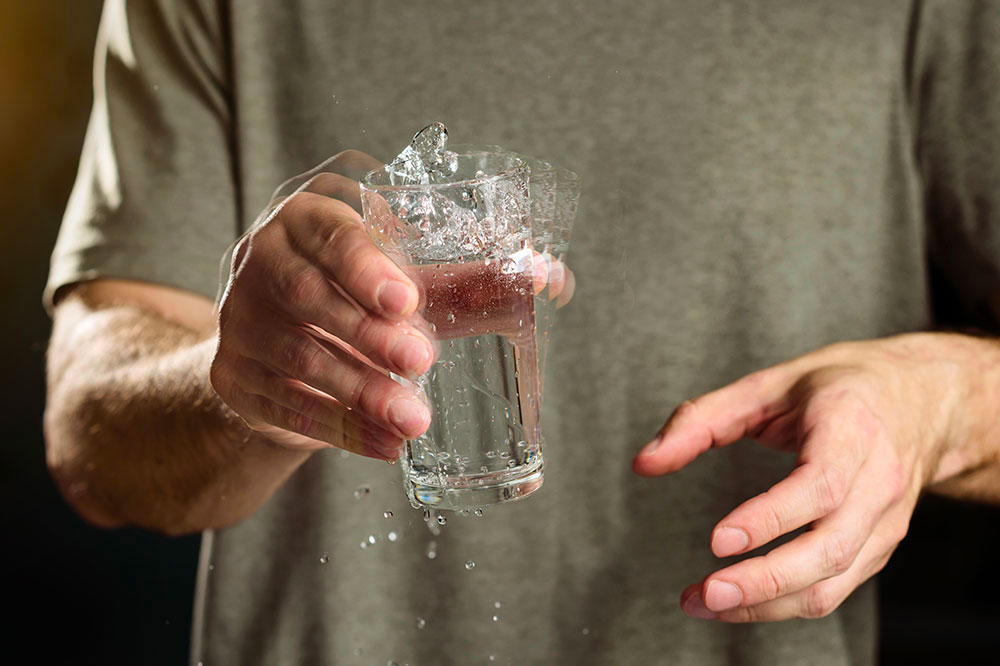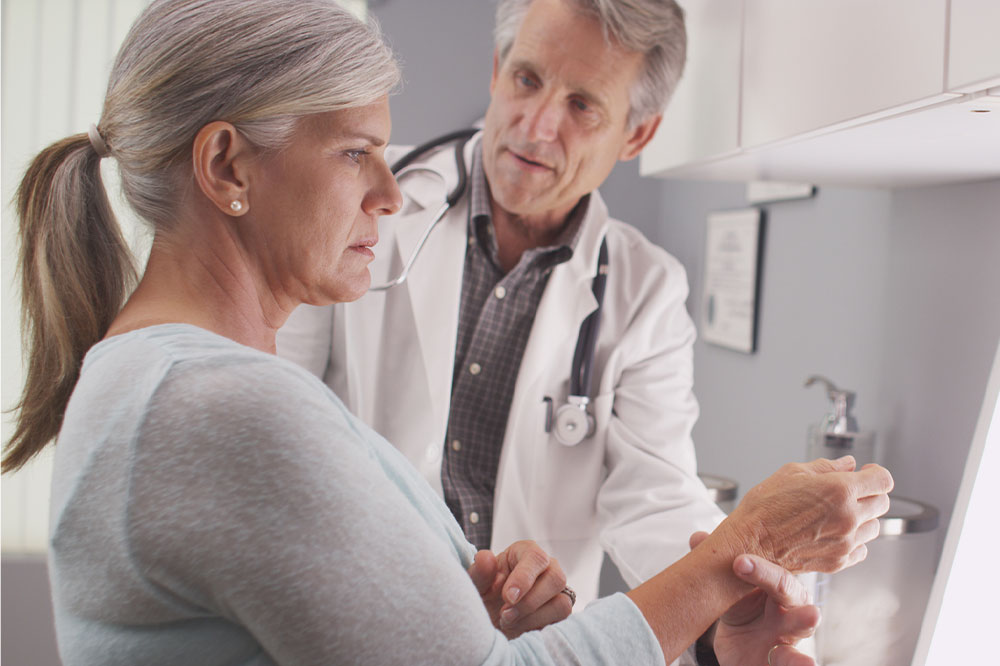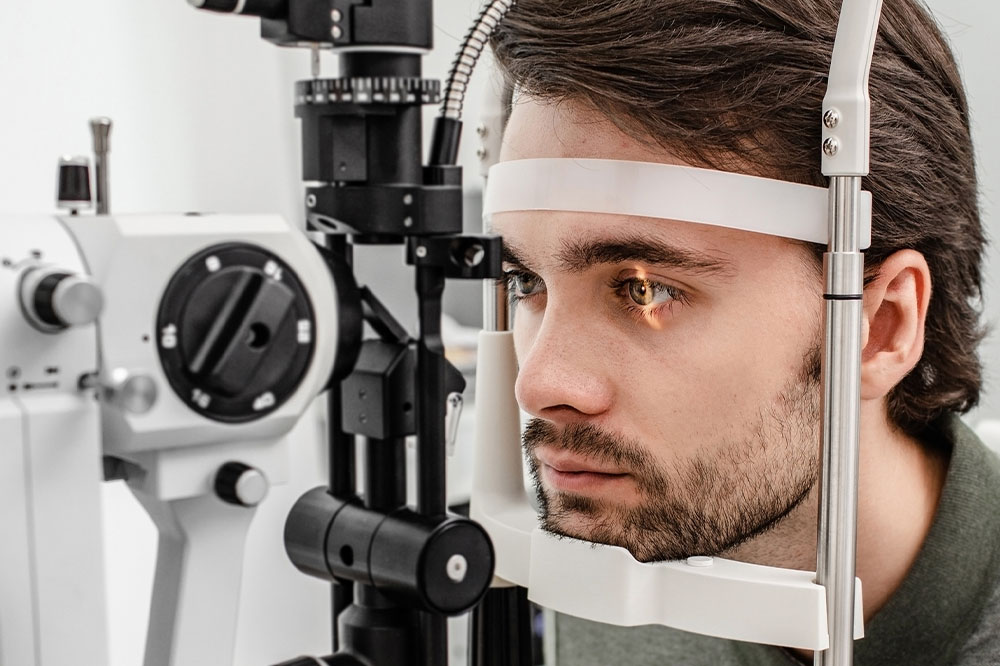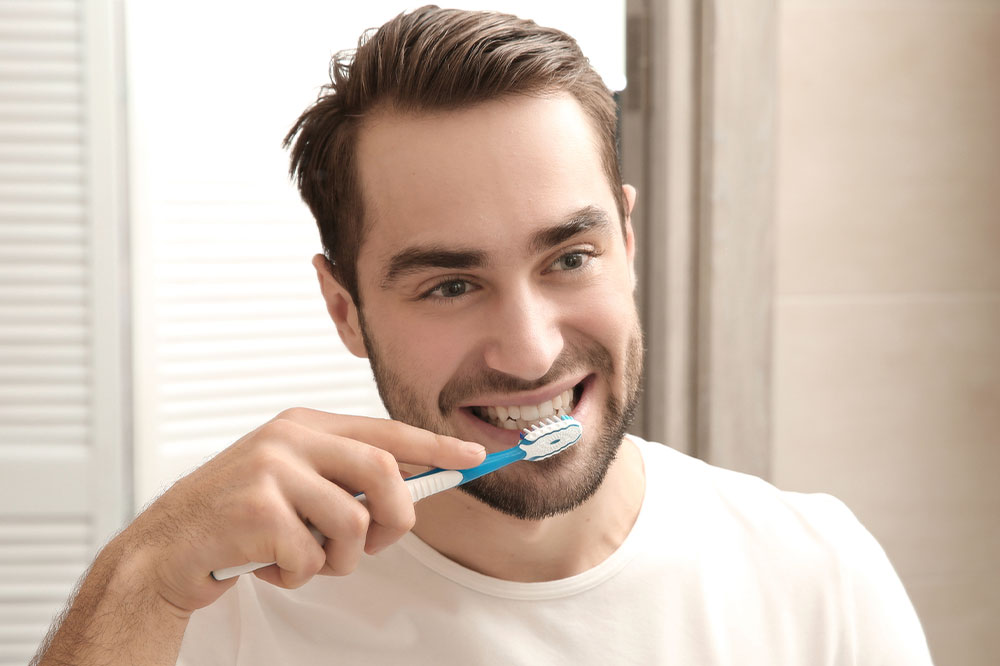10 foods that may trigger or worsen epilepsy symptoms
The brain is a vital organ responsible for several bodily functions. Epilepsy is a central nervous system (neurological) disorder that affects the brain and prevents it from working correctly. The condition may cause unusual behavior and sensations, seizures, and sometimes loss of awareness. Many factors can trigger the symptoms of epilepsy, including certain foods. Those with the disorder are advised to steer clear of the following options to manage their symptoms better. Coffee Coffee contains caffeine, a helpful stimulant that boosts energy for carrying out tasks at work or home. However, the beverage might not be the best for someone with epilepsy. Drinking too much coffee may trigger symptoms like seizures, which can lead to severe complications if not controlled. Therefore, patients are better off excluding this stimulant from their nutrition plan. Bananas Eating bananas regularly can have several health benefits. The fruit contains a substantial amount of potassium, which various body parts use to function well. Potassium may also help transfer electrical signals in the brain. However, eating too many bananas in a day may increase the body’s potassium levels. Excessive levels of this mineral in the brain may lead to symptoms of epilepsy, including seizures. One banana a day should not have adverse effects, but it is best to speak to a healthcare expert before changing a meal plan.
Read More 